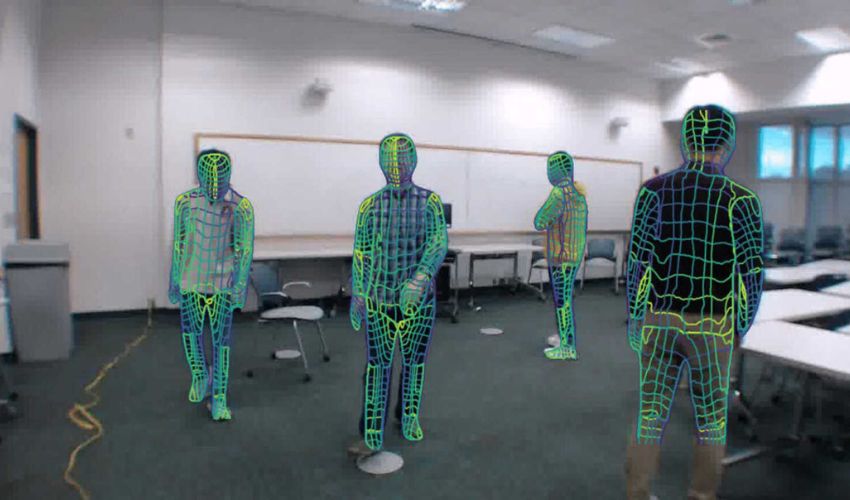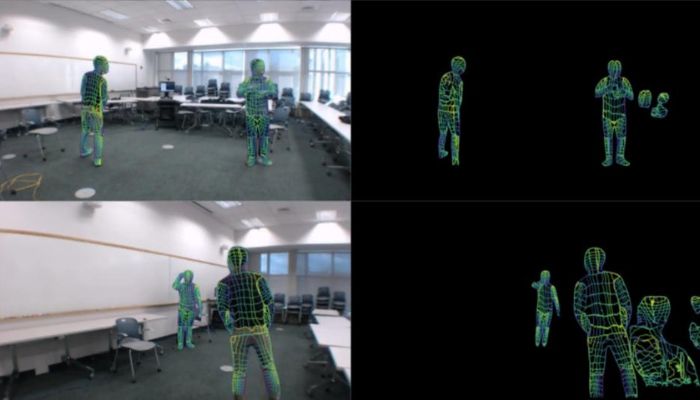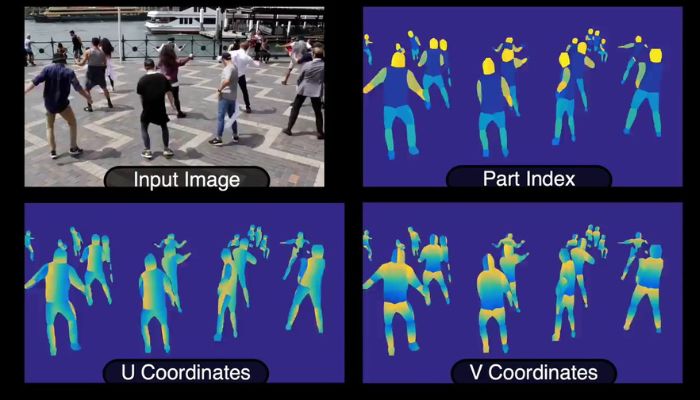Could Wi-Fi Be Used to Detect Human Locations?

One of the technologies which has been become increasingly sensitive over the years has been 3D scanning technologies, notably LiDAR, or Light Detection and Ranging. From its origins of just barely being able to detect a shape and certainly nothing with details, it has now come to be able to perfect recreate objects and even humans. But what about when that goes too far? Indeed, a recent research paper from Carnegie Mellon University, published in December 2022, has examined some of those horrific implications by showing how Wi-Fi routers can be used in combination with machine learning techniques to estimate human locations and poses within a room.
The dangers of taking technologies to the extreme is a common fear of humanity. Take the example of the book Do Androids Dream of Electric Sheep? by Philip K. Dick. Published in 1968 and more commonly known through its film adaption, Blade Runner, it explored the horrific implications of no longer being able to distinguish androids from human beings. And that fear has stayed throughout each new invention, often with valid roots. Take for example the 3D industry. Although the technologies bring enormous benefit, they still have their downsides, such as the need to wear preventive gear to stop metal or polymer powder from going into lungs or fears of the effects that resins could have on the human body. Now, this latest news shows ongoing concerns related to privacy as our technology just grows more and more advanced.

Using Wi-Fi, the researchers sought to be able to identify the dense pose of human bodies (photo credits: Carnegie Mellon University)
How Can Wi-Fi Routers Scan Human Bodies?
It is important to note that this research does come from a study where the researchers have expressly aimed to have this result. Essentially, they were seeking to conduct dense pose estimation via Wi-Fi. This means they were seeking to map all human pixels of an RBG image to the 3D surface of the human body such with motion capture using Wi-Fi antennas. To do so, they “developed a deep neural network that maps the phase and amplitude of WiFi signals to UV coordinates within 24 human regions.” The result? The model was successfully able to estimate the dense pose of multiple objects using Wi-Fi signals as the only input.
So will we need to start worrying about being tracked by the Wi-Fi routers in our home? No probably not. This research, as interesting as it is, just shows that it is a possibility. In fact, the study authors highlighted the fact rather that the results could pave the way for the creation of more accessible, low-cost, privacy-preserving algorithms for human sensing. That being said, as AI becomes more advanced along with scanning and ranging technologies, it certainly could become more likely as the years come. In any case, if you are interested in learning more you can download the full paper HERE.

An example of DensePose (photo credits: DensePose)
What do you think of the use of Wi-Fi routers to detect human bodies in a room? Where do you see the next advancements in the sector? Let us know in a comment below or on our LinkedIn, Facebook, and Twitter pages! Don’t forget to sign up for our free weekly Newsletter here, the latest 3D printing news straight to your inbox! You can also find all our videos on our YouTube channel.
*Cover Photo Credits: Carnegie Mellon University






